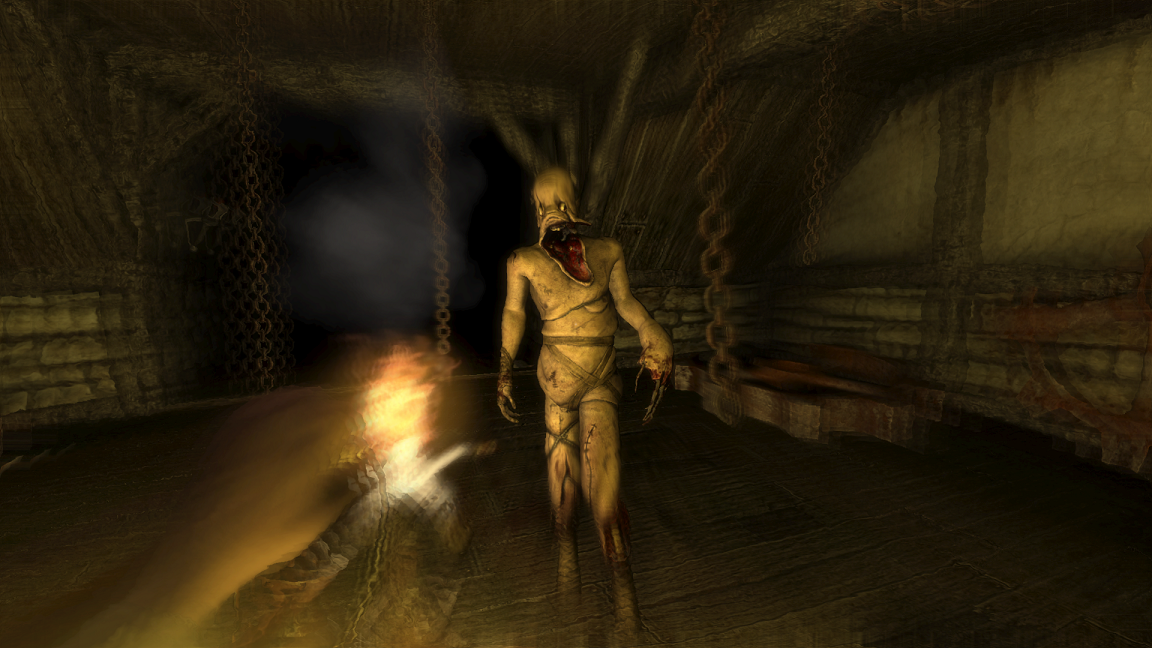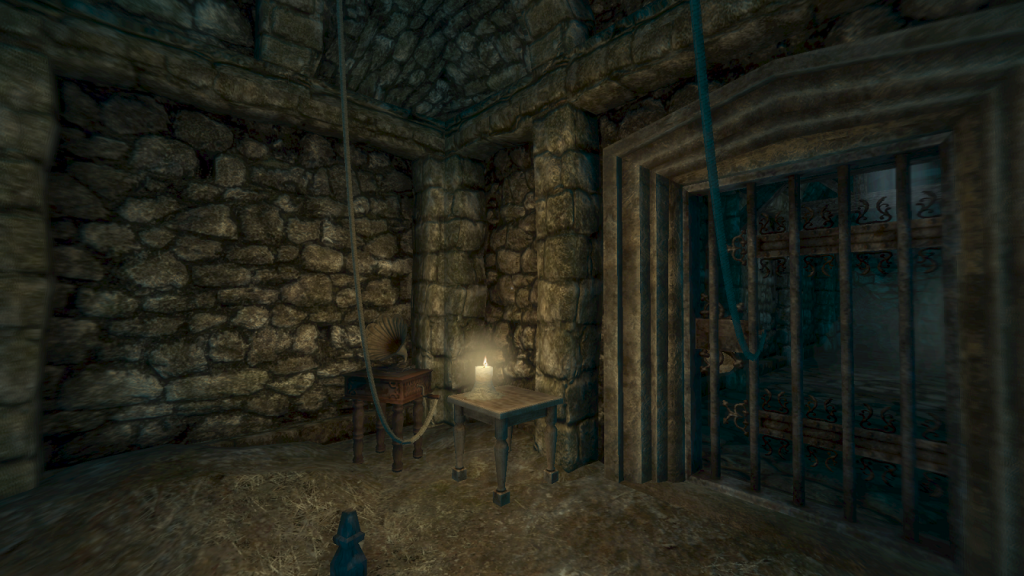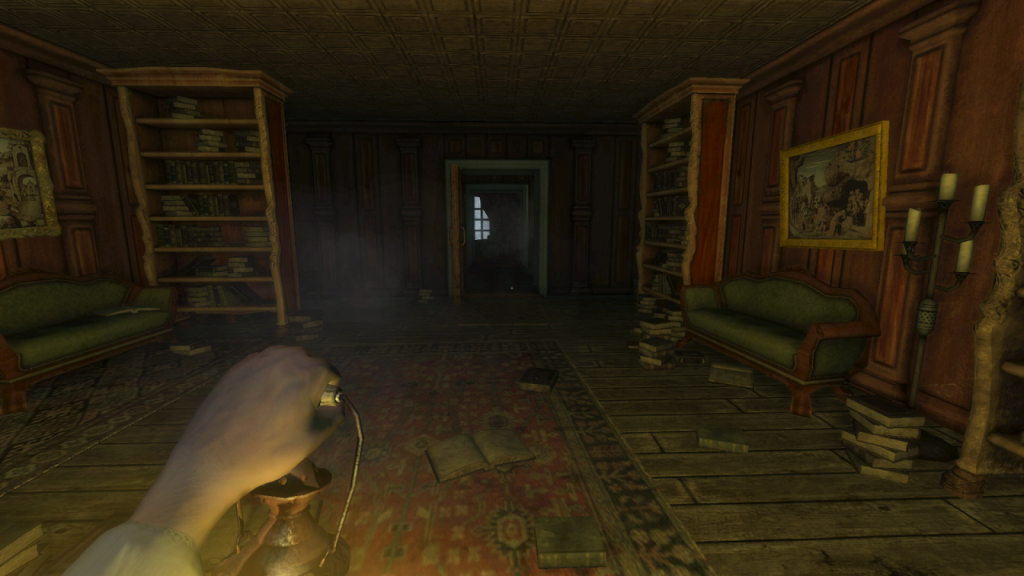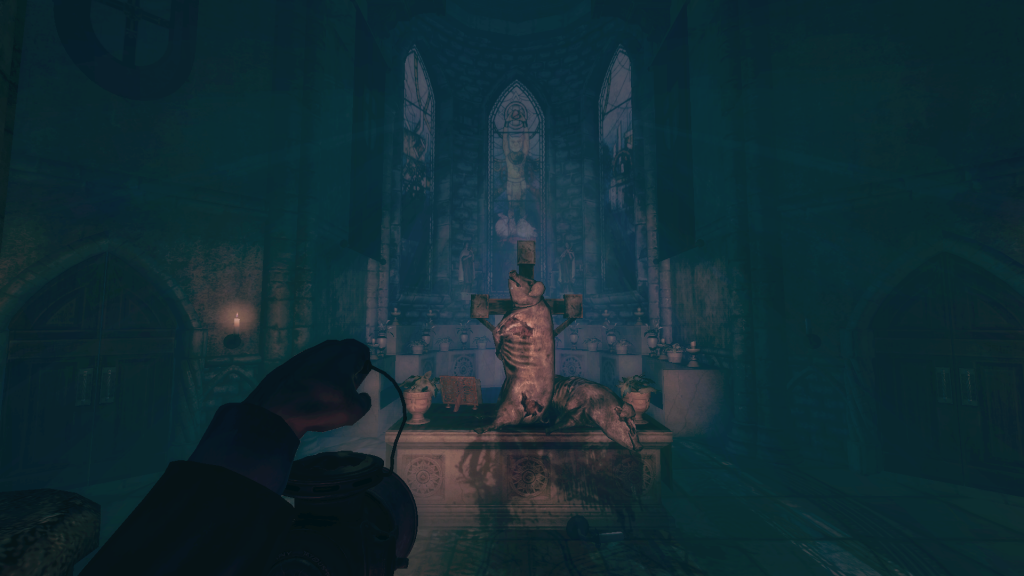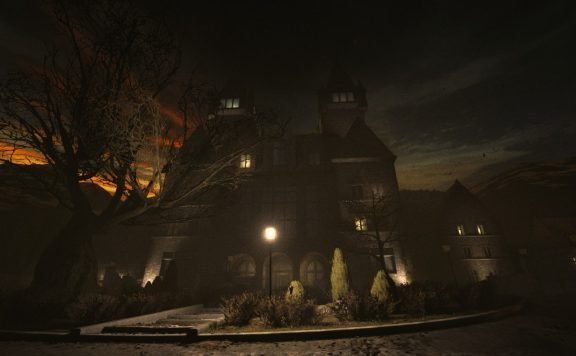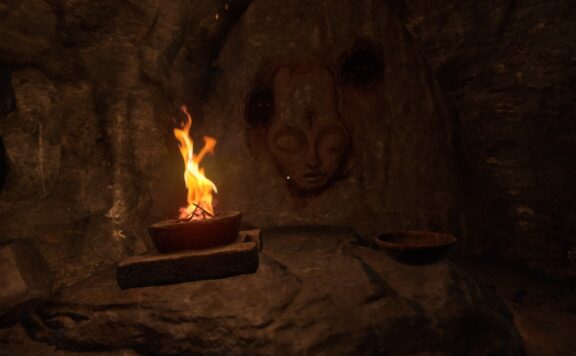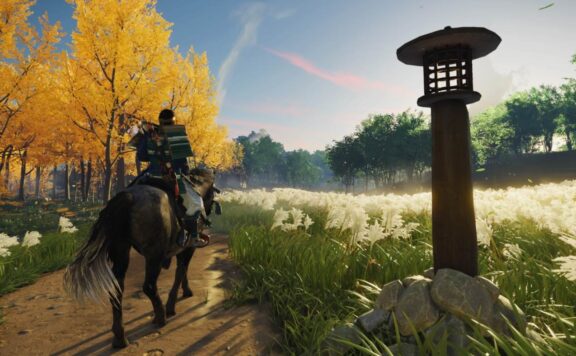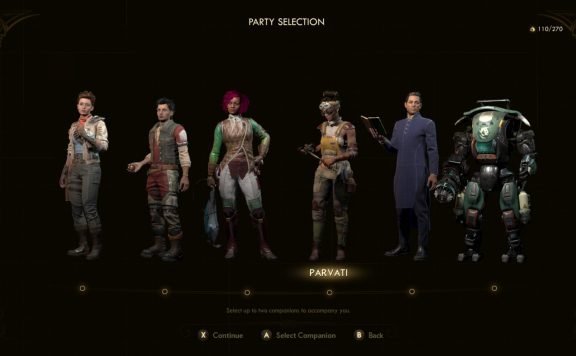The Amnesia series was one of the forerunners in first-person horror games, and many of the features of those games still pop up in horror titles today. The lack of weapons, hiding instead of fighting, and puzzle elements are all things that are now common in the genre. With the recent release of Amnesia: Rebirth, I thought it was a good time to play through the entire series. Before now, I had only played a few minutes of each game. Now that I’ve reached the credits on all four games, let’s see how they stack up against each other. What is the best Amnesia game? What’s the worst? Those answers will differ from player to player, but I’m pretty confident in my opinion. With that, let’s rank the Amnesia games from worst to best.
The Amnesia Franchise Ranked
4. Amnesia: Justine
This expansion for The Dark Descent is both brief and punishing. The entire experience will take you less than an hour, and once you know the solutions to the handful of puzzles, you can breeze through it in half the time. The story centers on Justine, who sets up an elaborate psychological test for herself. She wakes up in a cell, and must complete a tense set of life or death decisions as she escapes. There are various prisoners that Justine can either kill or spare, adding a sense of choice to the storytelling.
The Dark Descent also featured some decision making when it came to the end sequence, but Amnesia: Justine puts those choices on the forefront. It’s disappointing though, that your choices don’t make a meaningful ending on the outcome of the story.
The biggest difference between the expansion and the original game is permadeath. Unlike The Dark Descent, dying in Amnesia: Justine pushes you all the way back to the main menu. This is both a positive and a negative. It does present a real sense of tension, as one mistake will spell your doom. However, it also feels like an intentional way of padding the game. Without permadeath, Amnesia: Justine would be far simpler than its predecessor. Ultimately, Amnesia: Justine is an entertaining distraction, but it lacks the solid scares and ingenuity of the original game.
3. Amnesia: The Dark Descent
When it released in 2010, Amnesia: The Dark Descent was a huge influence on survival horror games. Taking place in the 1800’s, the game follows protagonist Daniel. He wakes up in an old castle with no recollection of his past. Guided by notes he has written to himself, Daniel descends into the depths of the castle searching for answers. Like any good horror game, there are plenty of creatures that go bump in the night. Since Daniel is defenseless, holding only a lantern to light the way, he must hide and avoid losing his sanity.
Exploring in the dark, seeing the monsters, and random supernatural occurrences all take a toll on your sanity, which you must maintain throughout the game. The castle kind of acts like a hub, allowing you to access various areas as you complete puzzles. Amnesia: The Dark Descent doesn’t do much in guiding your path or giving you hints, which is both a positive and a negative. In many ways, the lack of guidance makes you feel helpless and confused. These are good elements to have in a horror game, but only if managed properly. Occasionally, Amnesia: The Dark Descent is far too obtuse with its puzzles, leaving you at a loss.
Despite this, Amnesia: The Dark Descent is a truly disturbing game. The creature designs are unsettling and grotesque, and despite a few violent moments, the game feels more creepy than outright horrifying. When it first released, Amnesia: The Dark Descent shook players to the core. By modern standards, things are a bit tame, but still surprisingly effective. Some of the game’s most notable areas, like the flooded section with an invisible monster, still managed to properly creep me out.
2. Amnesia: A Machine for Pigs
Amnesia: A Machine for Pigs isn’t a direct sequel to the original Amnesia, but instead takes place in the same universe. The story takes place at the turn of the 20th century and centers around Oswald Mandus, a butcher who awakens from a recent bout of fever. Led by the voices of his children, he explores the belly of his city, where strange pig creatures and horrifying machinery wait.
The story in A Machine for Pigs is easier to follow than the original, although it lacks a bit of the intrigue and mystery. That said, the narrative is interesting enough to keep you motivated. Additionally, the puzzles are easier to figure out than the original game, although the game still offers no guidance. The experience is mostly linear, with a few open areas. Overall, the mixture of atmosphere, puzzles, and tense sequences is the high point for the Amnesia series.
When it comes to the scare factor, Amnesia: A Machine for Pigs is a different brand of horror than before. The game’s focus on pigs makes for some absolutely foul environments, with plenty of violent and disturbing creatures. Whereas Amnesia: The Dark Descent played off the fear of the unknown, A Machine for Pigs thrives off its gory settings and disturbing imagery. Whether or not you find this game scarier than the others is completely down to personal taste.
1. Amnesia: Rebirth
The newest entry in the Amnesia franchise, Amnesia: Rebirth, is easily the most ambitious entry in the entire series. The game takes place in 1937 and focuses on Tasi Trianon, an explorer who finds herself stranded in a desert in Algiers. Not only is Tasi dehydrated and hurt, but she also experiences blackouts and visions as a result of a mysterious affliction. In order to find help and escape this life-threatening ordeal, Tasi must overcome terrible odds, survive in harsh conditions, and defeat her own personal demons. Tasi’s adventure is ripe with mystery, intrigue, and plenty of scares, as well as great visuals and writing.
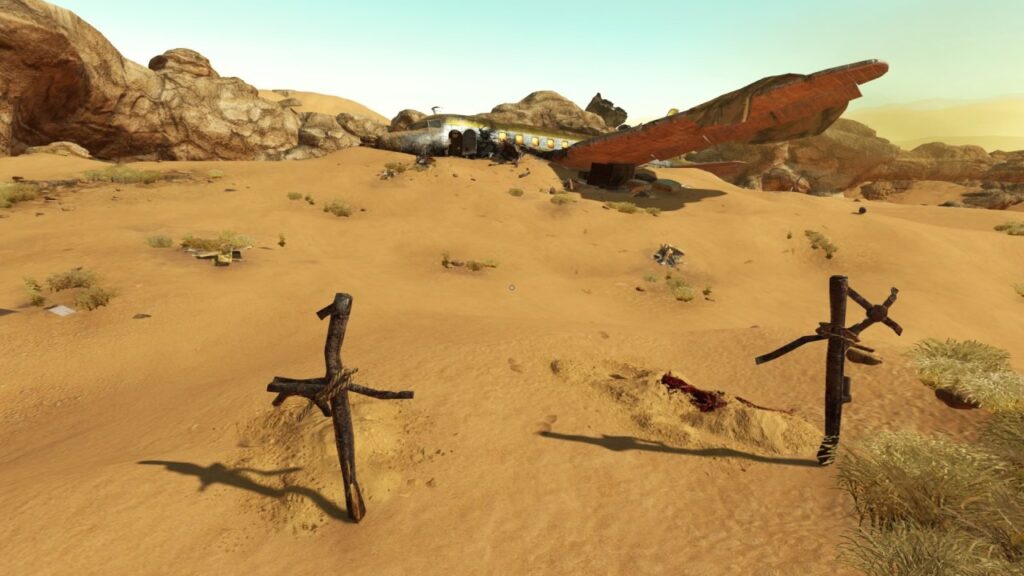
Despite its modern look, Rebirth‘s gameplay is still very much in line with Amnesia‘s formula. As you explore various ruins, cave systems, and otherworldly environments, you’ll scrounge around for matches and oil for your lantern. Although Rebirth takes place in the desert, you’ll still have to navigate exceptionally dark areas, which provide a continuously creepy atmosphere. There are also plenty of puzzles to solve, ranging from simplistic in difficulty to occasionally frustrating. That said, I never got truly annoyed with any section or puzzle in Amnesia: Rebirth, which is more than I can say for some of the previous games.

Simply put, Amnesia: Rebirth is the best game in the series. Sure, some fans with nostalgia for the original will cry foul, but Rebirth rarely falters. The puzzles are far better than those in The Dark Descent and the narrative easily overtakes A Machine for Pigs, due to an effective mystery with quality characters. While it’s not the scariest game under the sun, Amnesia: Rebirth is still a fiercely intense and engaging adventure that is great fun for any horror fan.
